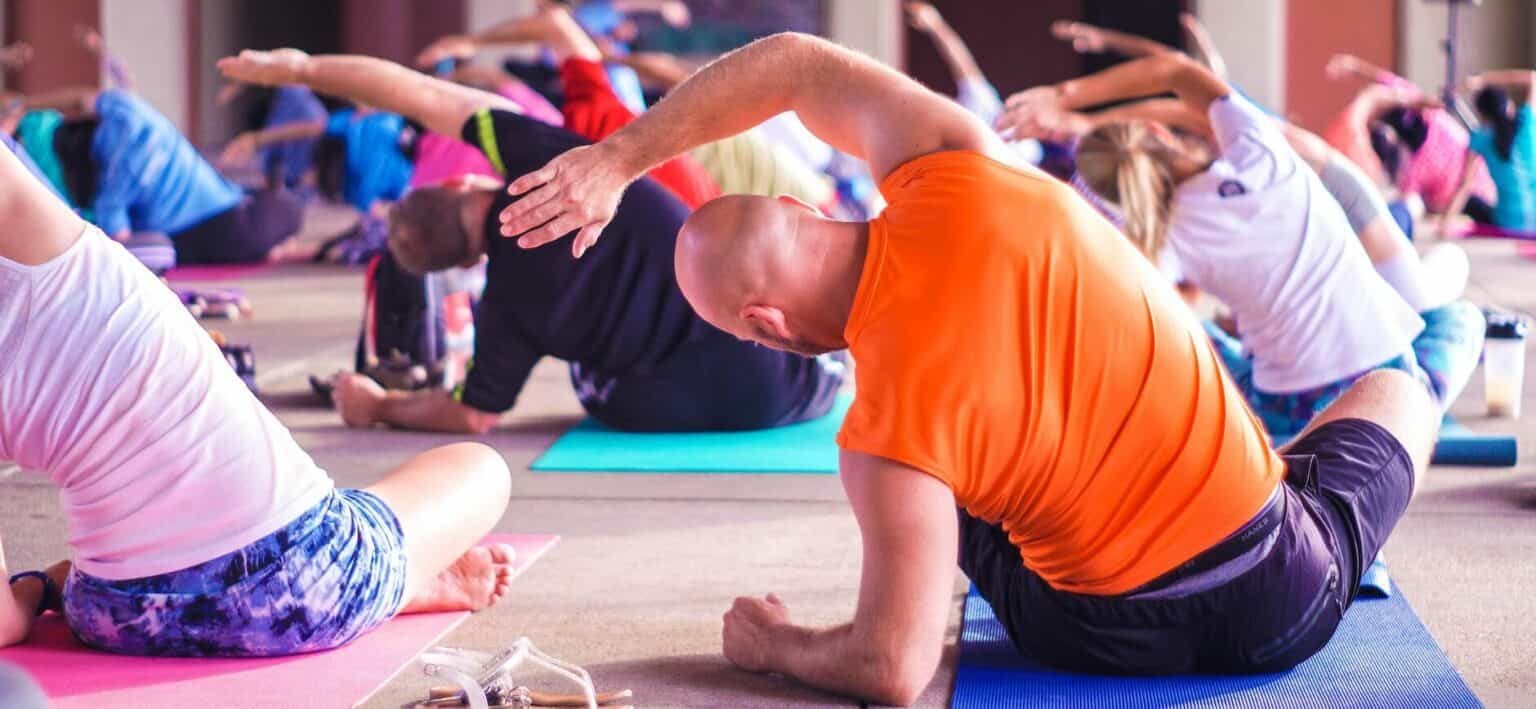Kirsty Prior, physiotherapist, Credentialled McKenzie Therapist, avid runner and chief of our PhysioStrong programme writes this blog post.
24 hour gyms, F45 training, Orangetheory, RPM, Bootcamp, Circuit classes – what is the best type of exercise for you?
With a plethora of different exercise options out there, it can be confusing to know what to do. Gone are the days where you just sit on a bench, look at your bicep and curl that dumbbell.
There is so much more to a complete exercise program than just lifting weights or just going for a walk or jog.
It is important to have a program which covers all aspects of health and fitness that are needed to keep our bodies in good shape.
So, how much and what type is best?
The Australian Physical Activity guidelines recommend the following:
- Doing any physical activity is better than doing none. If you currently do no physical activity, start by doing some, and gradually build up to the recommended amount.
- Be active on most (preferably all) days every week.
- Accumulate 150 to 300 minutes (2 ½ to 5 hours) of moderate intensity physical activity, or 75 to 150 minutes (1 ¼ to 2 ½ hours) of vigorous intensity physical activity each week (or an equivalent combination of both moderate and vigorous activities).
- Do muscle strengthening activities on at least 2 days each week.
The most recent evidence suggests that this amount of exercise provides considerable health benefits, including reducing the risk of cardio-vascular disease, type 2 Diabetes, as well as psychosocial and musculoskeletal problems.
OK, so it’s a no brainer. We know it’s good for us but what is best to do?
For you to get the absolute most out of an exercise program make sure you consider the following –
- Does the form of exercise specifically target what I want it to?
- Is it at an appropriate level for me, taking into consideration any medical or musculoskeletal injury history?
- Is it a form of exercise I enjoy and can keep me motivated to continue with?
In a world where many of us are time poor it’s important to choose a form of exercise which efficiently incorporates as many of these different types of exercise components as possible.
This is where an exercise approach like Functional Strength Training comes into play, combined with moderate to high intensity interval training.
I will talk more about Functional Strength Training, which is a part of the programme for our PhysioStrong participants, in my next post.
If you would like any further information on developing a balanced exercise program or which form of exercise may be right for you then please contact us at Adelaide West Physio and Pilates on 8356 1000 or email us at admin@adelaidewestphysio.com.au.
Ask to speak with one of the physios for a FREE chat either in person or on the phone to get some guidance and free advice about what might be the best approach for you.
If you would like further information on our PhysioStrong programme which combines Functional strength/Kinetic Link Training and High Intensity Interval Training, please contact us on 8356 1000 and we would be more than happy to discuss it further and provide any information that you need.
References:
Australia’s Physical Activity and Sedentary Behaviour Guidelines, Australian Government Department of Health : http://www.health.gov.au/internet/main/publishing.nsf/content/health-pubhlth-strateg-phys-act-guidelines#apaadult
Rodgers, W (2016): Kinetic Link Training – Functional Strength and Conditioning Course Manual.














